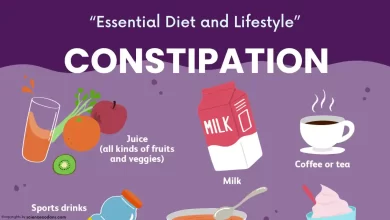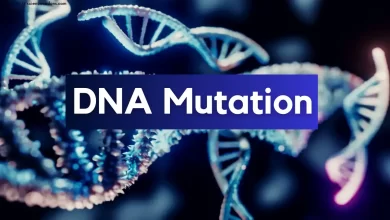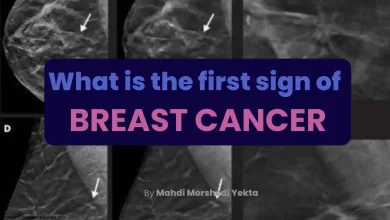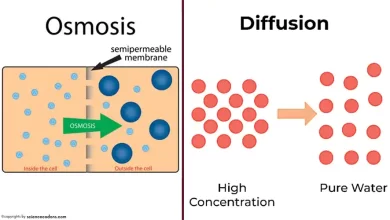Osteoporosis, also known as brittle bone disease or osteopenia, is the most common metabolic bone disorder. It occurs when the formation of new bone cannot keep up with the loss of old bone, leading to weakened bones that are more prone to fractures.
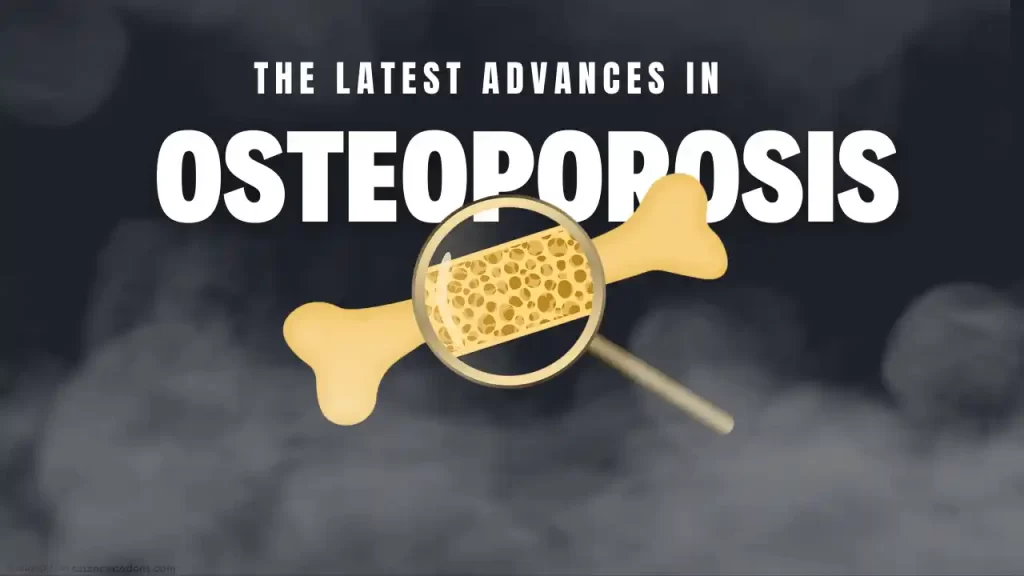
In osteoporosis, the quantity and quality of bone structure decline, resulting in decreased bone strength and increased fragility. Fractures become a significant clinical manifestation of osteoporosis. Our body’s bones are living tissues that continuously undergo remodeling. In young adults, newly formed bone replaces the damaged bone tissue at a similar rate. Generally, bone reconstruction outpaces bone breakdown during youth, contributing to overall bone mass gain. By the age of 30, most individuals achieve their peak bone mass. This process slows down after 20 years of age, and as people age, bone mass is lost faster than it is created. The balance between bone breakdown and reconstruction may shift at different life stages. Women experience an exacerbation of this process after menopause.
Epidemiology of Osteoporosis
Osteoporosis is a silent disease and a significant public health concern, especially among the elderly. Nearly all countries observe the highest population growth rates among older adults. Currently, approximately 6 million out of Iran’s 83 million population are aged 65 or older, making osteoporosis a major health issue in these communities.
With increasing life expectancy, osteoporosis prevalence is rising globally. It is not exclusive to women; men are also affected, albeit to a lesser extent. The prevalence of osteoporosis varies across different countries. A study conducted on 6,000 Iranian individuals between 2000–2004 revealed that approximately 4.5% of women and 2.7% of men over 50 years old had osteoporosis.
Remember, osteoporosis can be managed through lifestyle changes, including exercise, nutrition, and medications that strengthen bones. Early detection and preventive measures are crucial to maintaining bone health.
Osteoporosis risk factors
The risk of osteoporosis is somewhat dependent on bone mass and density acquired during youth, which is partly influenced by genetics and ethnicity. Osteoporosis risk factors can be divided into non-modifiable and modifiable factors. Non-modifiable factors include:
- Gender: Women are more susceptible to osteoporosis than men.
- Age: The likelihood of developing osteoporosis increases with age.
- Race: It is more prevalent in Caucasian and Asian populations.
- Family History: A family history of osteoporosis in parents and their children increases the risk for other offspring.
- Body Size: Individuals with smaller frames, both men and women, have lower bone mass and density as they age, putting them at greater risk.
Modifiable risk factors include:
- Sex Hormones: Reduced sex hormones (estrogen in postmenopausal women and gradual testosterone decline in older men) contribute to bone weakening. Conditions like breast or prostate cancer treatment that decrease estrogen and testosterone levels are strong risk factors.
- Thyroid Disorders: Both hyperthyroidism and excessive use of levothyroxine (used to treat hypothyroidism) affect bone health. Parathyroid and Kidney Disorders, celiac disease, chronic liver and kidney diseases, lupus, rheumatoid arthritis, and cancers. (more information about Hyperthyroidism symptoms)
- Nutrition: Low calcium intake, highly restrictive diets leading to severe weight loss, and gastrointestinal surgeries affecting nutrient absorption.
- Long-term Steroid Use (Corticosteroids).
- Lifestyle Factors: Sedentary lifestyle, tobacco use, and excessive alcohol consumption.
Signs and Symptoms of Osteoporosis
Osteoporosis is often a silent disease, but its most significant sign is pain resulting from bone fractures. Spinal fractures are common fracture sites, especially in the vertebrae, hip bones, and wrist. Vertebral fractures lead to lower back pain, height loss, and forward curvature of the body.
Preventive Measures for Osteoporosis
Proper nutrition and regular physical activity are essential for maintaining healthy bones throughout a person’s life. Protein is a key building block for bones, so sufficient protein intake is recommended for all ages. Weight loss increases the risk of osteoporosis and bone fractures. Similarly, being overweight or obese also raises the risk of fractures in the arms and wrists. Therefore, maintaining an appropriate weight is crucial for preventing osteoporosis.
Here are some important considerations:
-Calcium Intake
- Men and women between 18 and 50 years of age need 1000 milligrams of calcium daily.
- Individuals aged 50 to 70 require 1200 milligrams of calcium daily.
- Sources of calcium include low-fat dairy products, leafy greens, seafood, and calcium-fortified foods. Orange juice is also a good source.
Note: calcium intake through food or supplements should not exceed 2000 milligrams per day for those over 50 years old.
-Vitamin D3:
- Vitamin D3 enhances calcium absorption from the intestines.
- Individuals aged 50 to 70 need 600 units of vitamin D daily.
- Those over 70 require 800 to 1200 units of vitamin D daily.
-Exercise:
- Regular physical activity helps build stronger bones and slows down bone loss.
- Exercise increases the likelihood of reaching the genetically determined maximum bone mass in young individuals.
- Weight-bearing exercises such as walking, jumping, running, stair climbing, and skiing positively impact bone
- density in the legs, hips, and lower back.
- Swimming and water-based exercises are beneficial for individuals who cannot walk.
- Exercise also improves neuromuscular function, coordination, and balance, reducing the risk of falls and fractures.
Secondly Preventive Measures:
- Encourage seniors to avoid falls.
- Prescribe osteoporosis medications as recommended by the treating physician.
Diagnostic Measures for Osteoporosis
Several non-invasive methods are available to estimate bone density. Bone densitometry or bone density measurement is a common method for this purpose. Bone densitometry is recommended in the following cases:
- All women aged 65 or older.
- Women aged 60 to 64 or postmenopausal women under 65 who have risk factors for osteoporosis.
- Men aged 70 or older or men between 65 and 70 with risk factors for osteoporosis.
- Women under 50 who experience ovarian insufficiency and decreased blood estrogen levels.
- Long-term glucocorticoid treatment (more than 3 months at a dose of 5/7 milligrams of prednisolone daily).
- Primary hyperparathyroidism evaluation.
- Assessment of response to osteoporosis drug treatment.
- Repeat bone density measurement at intervals of 2 years or more.
Osteoporosis Management:
Recommended measures to maintain bone health include adequate protein intake, calcium, vitamin D, regular exercise, and avoiding tobacco and alcohol use.
Consult your doctor: While these resources provide valuable information, personalized advice from your healthcare professional is crucial for managing your individual case.
Critical evaluation: When exploring online resources, ensure they come from reputable institutions or healthcare organizations.
By staying informed and partnering with your doctor, you can navigate the journey towards stronger bones and a healthier future with osteoporosis.
Reference:
- https://www.ncbi.nlm.nih.gov/books/NBK441901/
- https://www.ncbi.nlm.nih.gov/pmc/articles/PMC9408932
- https://www.natap.org/2008/HIV/NOF_Clinicians_Guide-1.pdf
- https://www.niams.nih.gov/

